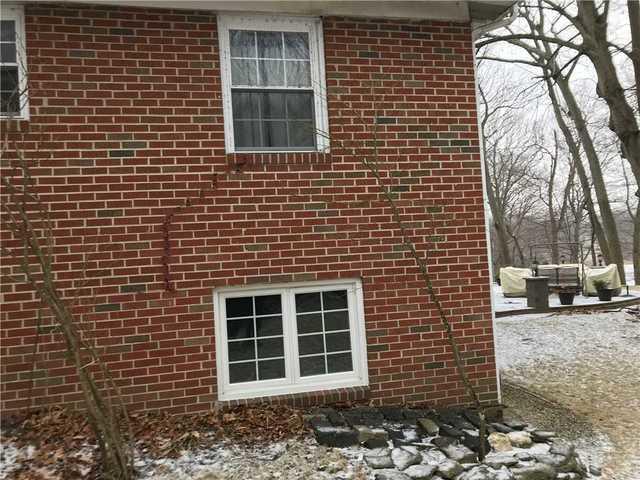
Cracks on the Exterior Foundation
When a foundation begins to shift and settle, cracks form in the weakest areas which would be in the openings of the foundation. This means cracks usually form first near windows and doors of a home.
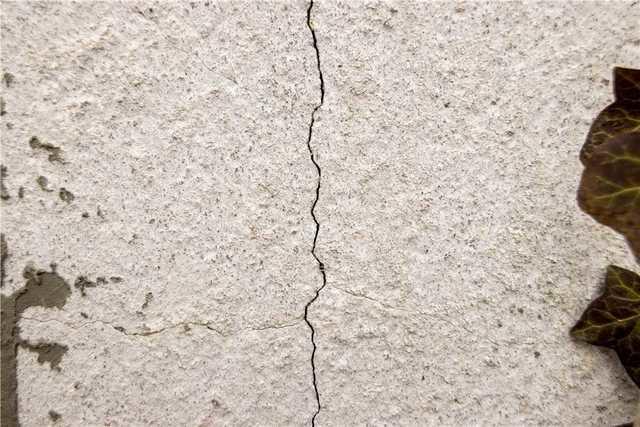
No Foundation Crack is Too Small
As soon as you notice cracks, contact a professional right away. Ignoring the signs will only put the foundation at risk for serious failure. These projects can become costly if ignored for too long.
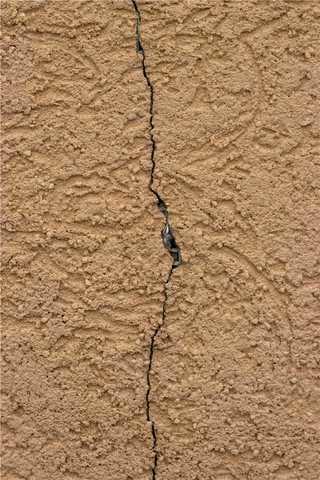
Types of Foundation Cracks
Foundation movement can cause multiple cracks to form. Some will form horizontally and some vertically like the one shown here.
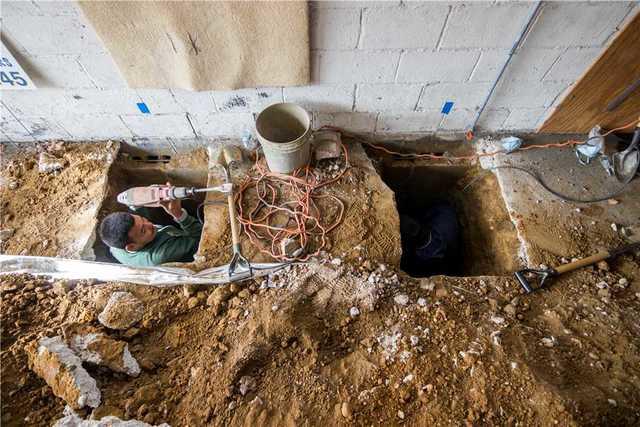
Preparing Area for Installation
Victor's team removes the soil from around the foundation's footing, to prepare for each Push Pier to be installed.
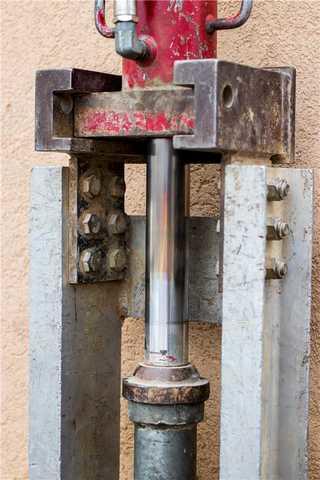
Specially Engineered Steel Brackets
A specially engineered steel bracket is placed under the footing. Each Push Pier section is hydraulically driven through the bracket to the stable soil or bedrock below.
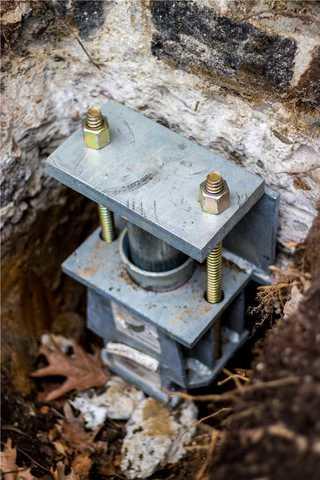
Foundation Weight is Transferred
The weight of the home is transferred from the concrete foundation, through the Push Pier and bracket, the the deep load- bearing soil.
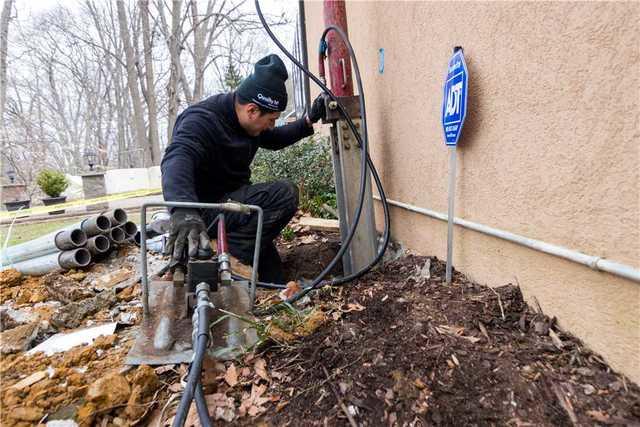
Installation causes Minimum disturbance to surrounding area
This installation does not require heavy equipment and the installation is less invasive to the area around the home. The Push Piers will not rust or shift in the soil.
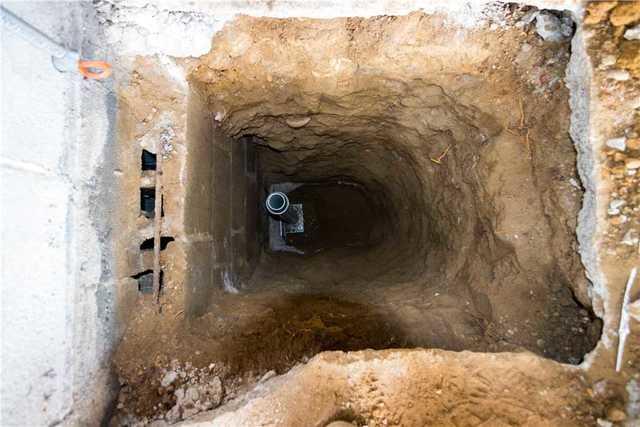
Least Risky Solution
Because push piers are driven all the way down into the stable soil layer, they are the lest risky solution when the local soil conditions are unknown.

Foundation Stabilization with Push Piers
Once the stabilization and lift is completed the soil is then back filled and the entire system is hidden from view. The Matawan, NJ home is now stabilized in its new position closing any open cracks.










